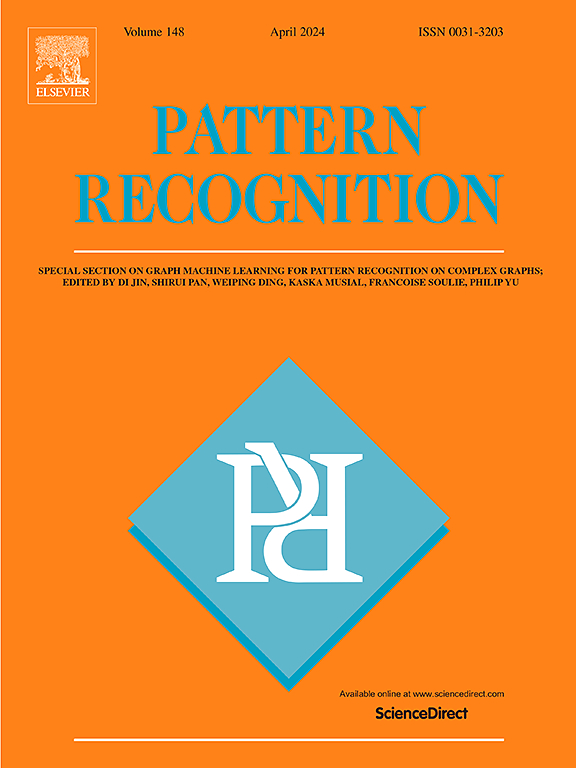Granular-ball computing-based Random Walk for anomaly detection
IF 7.5
1区 计算机科学
Q1 COMPUTER SCIENCE, ARTIFICIAL INTELLIGENCE
引用次数: 0
Abstract
Anomaly detection is a key task in data mining, which has been successfully employed in many practical scenarios. However, most existing methods usually analyze the anomalous characteristics of samples at a single and finest granularity, which leads to high computational cost and low efficiency. As one of the significant mathematical models in the theory of granular computing, granular-ball computing can portray the distributional characteristics of data from a multi-granularity perspective. For this reason, this paper proposes an unsupervised anomaly detection method based on granular-ball computing. Firstly, the samples are covered by generating adaptive granular-balls, and the multi-granularity information represented by granular-balls with different sizes can reflect the data distribution characteristics of the corresponding region. Secondly, the granular-balls are used to fit the samples for constructing a state transfer matrix in Random walk. Then, the steady-state distribution is generated using iterative computation and is normalized as the degree of anomaly for each granular-ball. Finally, the anomaly score for each sample is computed by relating the anomaly degree of each granular-ball to the samples it covers. Comparative experiments show that the proposed anomaly detection method performs well on multiple datasets, demonstrating its feasibility and superiority in practical applications. The code is publicly available online at https://github.com/optimusprimeyy/GBRAD.
求助全文
约1分钟内获得全文
求助全文
来源期刊

Pattern Recognition
工程技术-工程:电子与电气
CiteScore
14.40
自引率
16.20%
发文量
683
审稿时长
5.6 months
期刊介绍:
The field of Pattern Recognition is both mature and rapidly evolving, playing a crucial role in various related fields such as computer vision, image processing, text analysis, and neural networks. It closely intersects with machine learning and is being applied in emerging areas like biometrics, bioinformatics, multimedia data analysis, and data science. The journal Pattern Recognition, established half a century ago during the early days of computer science, has since grown significantly in scope and influence.
 求助内容:
求助内容: 应助结果提醒方式:
应助结果提醒方式:


